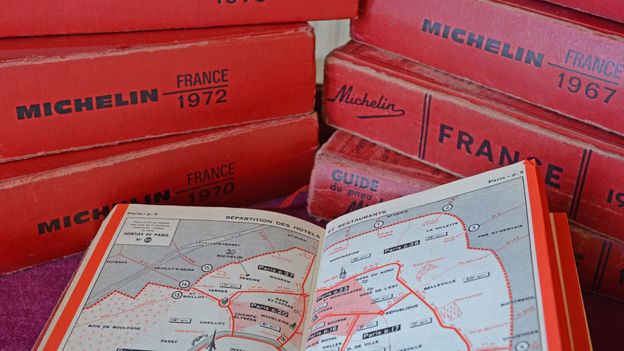

There’s a method to the star rating system-here's the meaning of each Michelin star: Plain and simple, a Michelin star is a badge of honor, regardless of how many Michelin stars a restaurant receives (between one and three, with three being the highest caliber). Here's what it's like to launch your career at a Michelin-starred restaurant. In the U.S., Michelin Guides are available for New York City and Westchester County, Chicago, Washington, D.C. Not easy to obtain, the stars are awarded to restaurants that Michelin considers the very best in a given city, and recipients gain immense prestige and exposure along with the honor, with many seeing an increase in business after receiving their stars (while some who lost stars have experienced the opposite).Ī post shared by Michael Kerner Michelin publishes annual guides for 28 countries and a wealth of cities around the world. Michelin stars are now considered a hallmark of fine dining by many of the world’s top chefs - not to mention restaurant patrons. restaurants became eligible to earn Michelin stars for the first time. Among other things, the guide included anonymous European restaurant reviews that focused on the quality and flavor of food served, as well as mastery of culinary technique and personality of the dishes.
HISTORY OF MICHELIN STARS DRIVERS
The prestigious red guide dates all the way back to 1900, when Michelin began encouraging new drivers to take road trips to local attractions. Michelin has created a cycle that will leave both the chef and customer unsatisfied.While the Michelin brand is globally well-known for its tires, the Paris-based company is also famous for its annual Michelin Guide.

However, with restaurateurs creating what they think Michelin wants, the awarded restaurants are becoming more and more homogenous. They want each Michelin experience to be unique and brag-worthy. Michelin Star chef, Skye Gyngell, actually quit her job after receiving a Michelin Star claiming that the award was a “curse.” Gyngell has gone as far as saying, “If I ever have another restaurant, I pray we don’t get a star." Customers' expectations of Michelin Star restaurants are unrealistic and extremely difficult to satisfy. They want an unparalleled experience from each and every Michelin Star restaurant, but with over 30,000 Michelin rated restaurants, there is bound to be disappointment. Foodies now flock to different cities looking to satisfy their craving of checking off another box on their food bucket list. Michelin ratings have not only changed the quality of the restaurants, but also the quality of the customer. Today, Michelin has rated over 30,000 establishments in over 30 countries on three continents. In 2006, Michelin finally decided to try to expand to the U.S., starting with New York City. In 1952, Michelin started reviewing restaurants in Spain and continued throughout various countries in Europe until 1995. In 1926, Michelin started to award single stars to restaurants, and in 1931, they introduced two and three star ratings. As the guide grew in popularity, the Michelin brothers hired “mystery diners” to anonymously critique restaurants in France. This guide was initially given out at no cost, but in 1920, it started to sell for 7 francs. This French guide featured maps, gas stations, hotels, and restaurants to make the road-tripper’s life easier. So, where does the prestige of Michelin actually come from? How did a tire company become the ones who dictate what is good food and what is not? The Michelin Guide was created in 1889 by the Michelin brothers, founders of the Michelin company, in an effort to boost car and tire sales. It is like a secret society: the Illuminati of the restaurant industry. The history is a bit fuzzy, and no one really knows who the Michelin critics are. People seem to be intrigued by the mystery of the Michelin Star establishment.


 0 kommentar(er)
0 kommentar(er)
